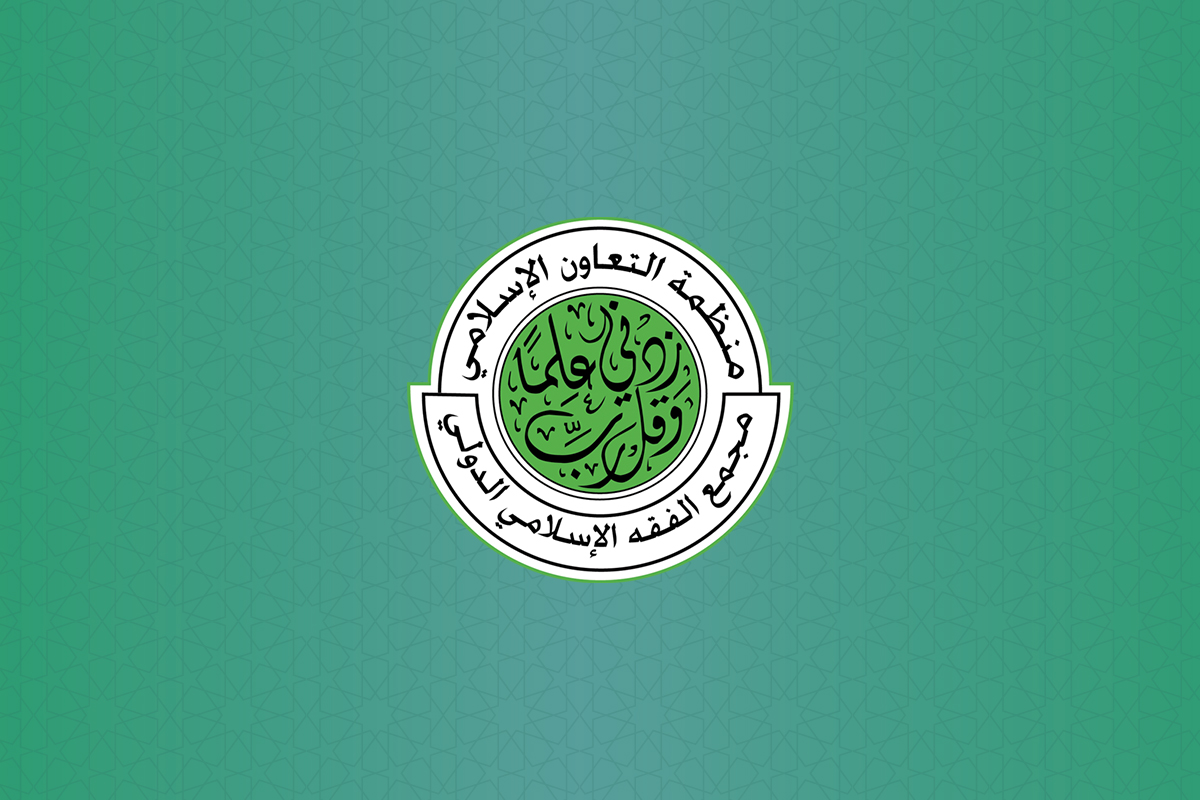
In the Name of Allāh,
the Entirely Merciful, the Especially Merciful
Praise is due to Allāh, Lord of the worlds, may the blessings and peace be upon our master Muḥammad, the last of prophets, on his family, and all his companions.
Resolution No. 218 (2/23)
Rulings on Insolvency and Bankruptcy in Shariah and Contemporary Systems
(Continuation to the Previous Resolution)
The Council of the International Islamic Fiqh Academy of the Organization of Islamic Cooperation, holding its 23rd session in al-Madinah al-Munawwarah, Kingdom of Saudi Arabia, on 19–23 Ṣafar 1440h (28 October – 1 November 2018),
Having reviewed the recommendations issued by the scientific symposium on the Rulings on Insolvency and Bankruptcy in Shariah and Contemporary Systems, held by the International Islamic Fiqh Academy in Jeddah, in collaboration with the Islamic Research and Training Institute of the Islamic Development Bank Group on 31 November – 1 December 2017.
Having listened to the in-depth discussions on the subject,
Resolves
First: confirmation of the Academy resolution no. 186 (1/20) statement on the definition of insolvency and insolvent debtor. In determining the applica- tions of insolvency, customary practices should be taken into account.
Second: confirmation of paragraph (2) of the resolution mentioned above on the criteria of bankruptcy, while taking into account the following:
- No bankruptcy without a judicial
- Rulings on bankruptcy apply for both natural and legal persons.
Third: confirmation of paragraphs (2), (3), and (4) of the resolution men- tioned above.
Fourth: some insolvency and bankruptcy issues in Islamic financial insti- tutions are as follows:
- A default in payment (of due obligations) is insolvency. It cannot be considered bankruptcy in the Shariah perspective if the assets owned by the institution or the company fulfil its The creditor may recourse to the court for issuance of a bankruptcy decree. The indebting company
or institution may also recourse to court in order to obligate creditors for restructuring.
-
Some suggested solutions to solve insolvency (default/difficulty) in Islamic financial institutions and companies are as follows:
- Submitting a particular financial asset or a usufruct of a specific asset for the payment of the due debt.
- Transforming debts into shares (capitalization) through increasing the capital of the indebted company by issuing ordinary shares which the creditor contributes with his debt owed by the company. Then, he would turn into an owner of a portion in the company and its assets at the same amount the debtor company owed him.
- An agreement between the debtor company or institution with the cred- itor on restructuring according to how an acceptable, reliable expert ref- erence estimates the company’s situation and determines the conditions of restructuring if the need arises.
Recommendations
- Undertaking extensive studies on the practical solutions for insolvency in financial institutions to preserve the rights of all parties.
- Drawing attention to introducing regulations and laws that protect cred- iting and debiting clients of the company while taking into consideration the preservation of all related parties’ rights to rectify their financial
- Concerned authorities, particularly judicial authorities, to give attention to judicial principles which keep pace with contemporary developments in the field of insolvency and
- The Secretariat of the Academy to continue studying the effects of insol- vency and bankruptcy on limited liability companies, including the case when its majority owner is still at financial ease.
Indeed, Allāh is All-Knowing.
Read Also
Lastest








